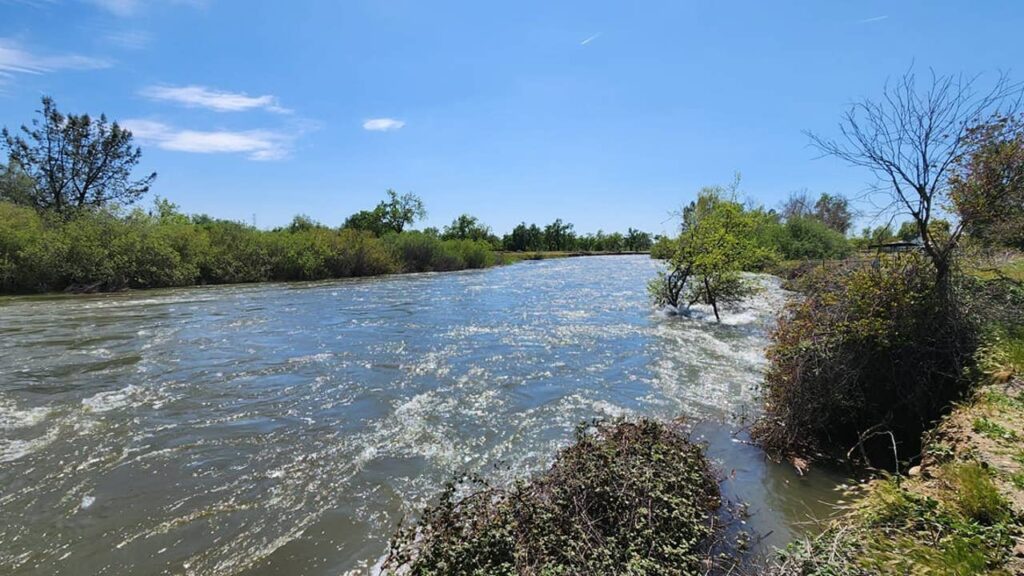The article discusses a significant shift in understanding carbon emissions from rivers and streams, as highlighted by new research in the journal Nature. Traditionally, scientists believed that most carbon dioxide (CO₂) released from rivers originated from atmospheric carbon absorbed since 1955. However, this study reveals that nearly 60% of the CO₂ actually comes from ancient carbon sources, some thousands of years old.
Key findings include:
- Rivers and streams emit about 2 billion tonnes of CO₂ annually, with only 41% from modern sources.
- Ancient carbon is primarily released by large rivers and landscapes rich in carbonates and mountains.
This research impacts the "carbon budget," indicating that our landscapes may store more carbon than previously thought, suggesting that forests and soils could buffer climate impacts. While the presence of ancient carbon is concerning, it tends to leak more slowly, potentially allowing more time for climate mitigation strategies to be implemented.
Future studies will need to address variability in water flows and examine how climate change affects carbon emissions, emphasizing the resilience of Earth’s systems while underscoring the importance of environmental stewardship.


